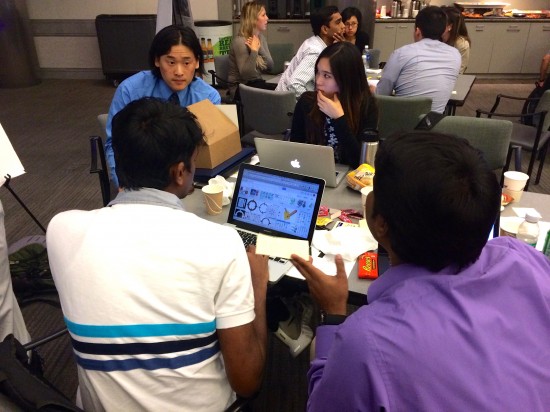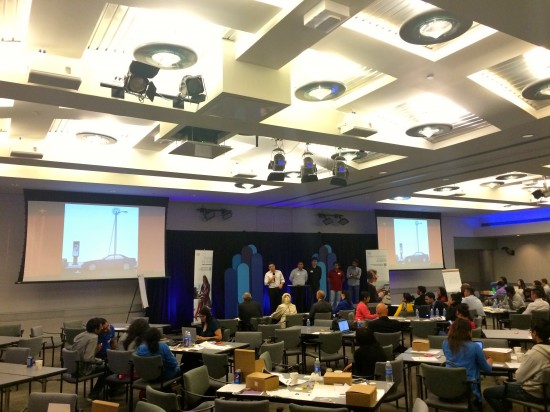As a recent graduate of San Jose State University (SJSU), I’ve seen how technology can improve education. Wi-Fi access in every classroom is eliminating the PowerPoint lectures of old and replacing them with 21st-century lesson plans. Students are interacting with professors using social media, answering questions with a tweet or streaming videos during presentations to make learning more engaging. At Cisco’s Silicon Valley Innovation Jam on October 24, I served as a pre-finalist judge and saw how over 60 SJSU students would use this same technology to solve social problems in the near future.
By 2020, there will be 50 billion devices connected to the Internet. Today, I can name more than 10 “smart” devices in my house that require an Internet connection. As more people, processes, data, and things become connected, the “Internet of Everything” will require people to change the way they work, live, play and learn. Students at the Innovation Jam were tasked with creating a solution that harnesses these connections to improve society – whether education, healthcare, energy, retail, or city/public services.
Cisco volunteers and SJSU students collaborate to create social change
I walked into Building 9 on Cisco’s San Jose campus, greeted by the buzzing sound of frantic collaboration. Fourteen groups of SJSU students huddled at tables, scribbling ideas onto oversized pads of paper, furrowing their brows trying to imagine products that would create social impact in the year 2020. Undergraduate and graduate students listened to 45 Cisco volunteers talk about cities becoming smarter as the Internet of Everything takes hold.

After an hour of intense planning, it was time to pitch ideas. I made my way to the judges’ table, where two SJSU professors and a former SJSU student now working at Cisco joined me. I’ve been at Cisco for 5 months, and I’ve seen how our technology is creating social change around the world. I was excited to see how current SJSU students would apply these same lessons to their own innovative ideas.
I was lucky enough to judge 6 groups, and none disappointed. The students were clearly excited on stage, smiling and speaking energetically. One group of students pitched the “Social Energy Network,” a marketplace where people could easily share their stored kinetic energy, creating the possibility of powering underserved countries and populations with free, unused electricity. Another group focused on smart cities, bringing radio-frequency identification (RFID) technology to parking garages to connect drivers in overpopulated cities with convenient commute solutions.
At the end of the day, Harbrinder Khang, VP of Corporate Affairs at Cisco, and 4 other judges announced Team B6 as the winner. Their “Security Toolkit” aimed to protect individuals from identity theft by expanding awareness of security threats and issues to the public. The toolkit simulates different attacks and gives the user valuable skills to protect themselves from Internet attacks in the real world.

Cisco is part of the US2020 STEM mentoring initiative, a movement to get 1 million adult volunteers mentoring the next generation of scientists, engineers, and social entrepreneurs. As part of US2020, we’ve committed to having 20 percent of our workforce contribute 20 hours or more per year to STEM mentoring by the year 2020. As a judge and volunteer at the Social Innovation Jam, I saw students excited by the opportunity to pursue a career in the STEM field and create positive impact in the world.
I encourage anyone with STEM skills to volunteer with US2020. You can help students get excited about STEM careers and realize the potential that the Internet of Everything has to change the world.


CONNECT WITH US